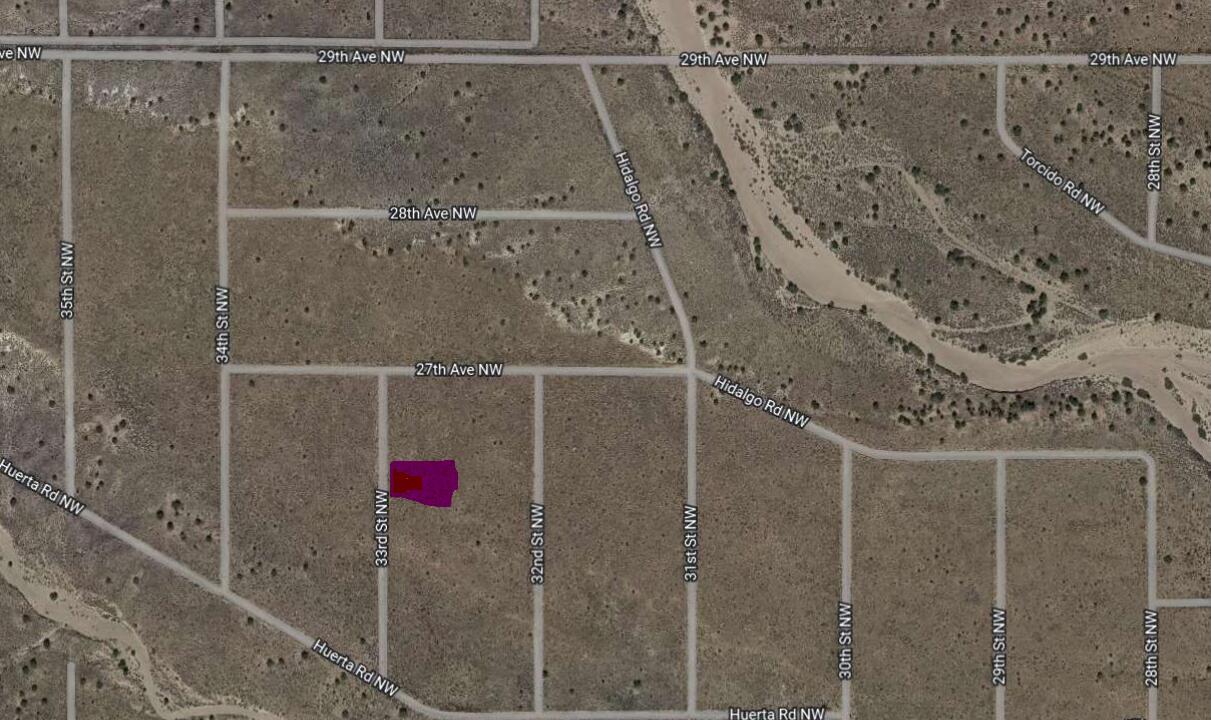
The snake responds by hissing loudly, opening its mouth in a threatening manner, coiling up and striking at the person-or bluffing by advancing toward the intruder.

When people encounter a snake, they often corner it. Toads are the favorite food of hognose snakes. The smooth green snake eats small-bodied insects and spiders. King snakes feed on other snakes, mice, young birds and bird eggs. Bull snakes eat rats, mice and chipmunks. Once the young have been hatched or born, the parents do not care for their offspring because they are able to take care of themselves.Īll snakes are predators, and many are fussy eaters. Some snakes lay eggs in a damp, protected area where they will hatch in about two months. Soon after temperatures rise in the spring, snakes come out of hibernation and mate.
Are there lots of snakes in rio rancho nm skin#
Snakes shed their skin and eye covering together. Snake scales and skin help retain body moisture. If the snake detects food and is hungry, it will pursue the animal.Ĭontrary to popular belief, snakes are not slimy. Once a snake detects an aroma, it inserts its tongue into two holes on the top of its mouth (Jacobson’s organ), where the smells are interpreted by its brain. Snakes use their forked tongue to smell, constantly flicking it to pick up any airborne particles and odors. Often the sex organs of a snake may protrude from the anal plate area and can be confused with legs. Snakes are very specialized animals with no legs, ears or eyelids. Thus, snakes can swallow prey much larger than their head by “walking” their mouth around the food from side to side in a forward movement. The lower jaw and skull are connected by a piece of stretchy material (ligament) that allows the snake to open its mouth very wide and move each jaw independently. Snake bones are very light and the skeleton is highly flexible. Among other vertebrates like fish, mammals, birds and people, the snake’s skeletal system is unique. Snakes often seek out paved roads, where they are attracted by heat from the road surface.īecause snakes have a backbone, they are classified as vertebrates. On cool days, they sun themselves in warm, open areas. During the hot part of the day, snakes move to shaded areas. During periods of inactivity, snakes can go for several weeks without eating.īecause they are cold-blooded, snakes must rely on their behavior to regulate body temperature. Because their body temperature is affected by environmental temperatures and varies with surrounding conditions, snakes become inactive during very hot and very cold times of day and seasons. Snakes are ectotherms, meaning they control their body temperature by absorbing or giving off heat. The ridgenose rattlesnake is on the federal list, while the mottled rock rattlesnake, Mexican and narrowhead garter snakes, plainbelly water snake, green rat snake, and western ribbon snake are on New Mexico’s endangered and threatened list. These rare snakes are on state and federal endangered and threatened species lists. Some snakes are quite rare and are protected species. Snake venom also is being investigated for controlling some types of harmful bacteria. Researchers are conducting studies using snake venom to develop treatments for blood and heart problems. Some harmless snakes (such as king snakes and coachwhips) eat other snakes, including poisonous ones.Īlthough you wouldn’t want a poisonous snake around your home, snake venom can be beneficial in developing a variety of human medicines. While snakes will not eliminate pests, they do help keep their numbers in check. Snakes are one of nature’s most efficient mousetraps, killing and eating a variety of rodent pests.

Some snakes can benefit the yard and garden. These include 7 rattlesnake species and a coral snake. Of the 46 snake species found in New Mexico, only 8 are poisonous and potentially dangerous. Snakes are perhaps the most feared and hated animals in New Mexico, but people’s fear may come from misunderstanding. New Mexico Snakes Information for New Mexico HomeownersĬircular 541 Jon Boren, Extension Wildlife Specialist Brian Hurd, Extension Research Specialist College of Agriculture, Consumer and Environmental Sciences New Mexico State University.


 0 kommentar(er)
0 kommentar(er)
